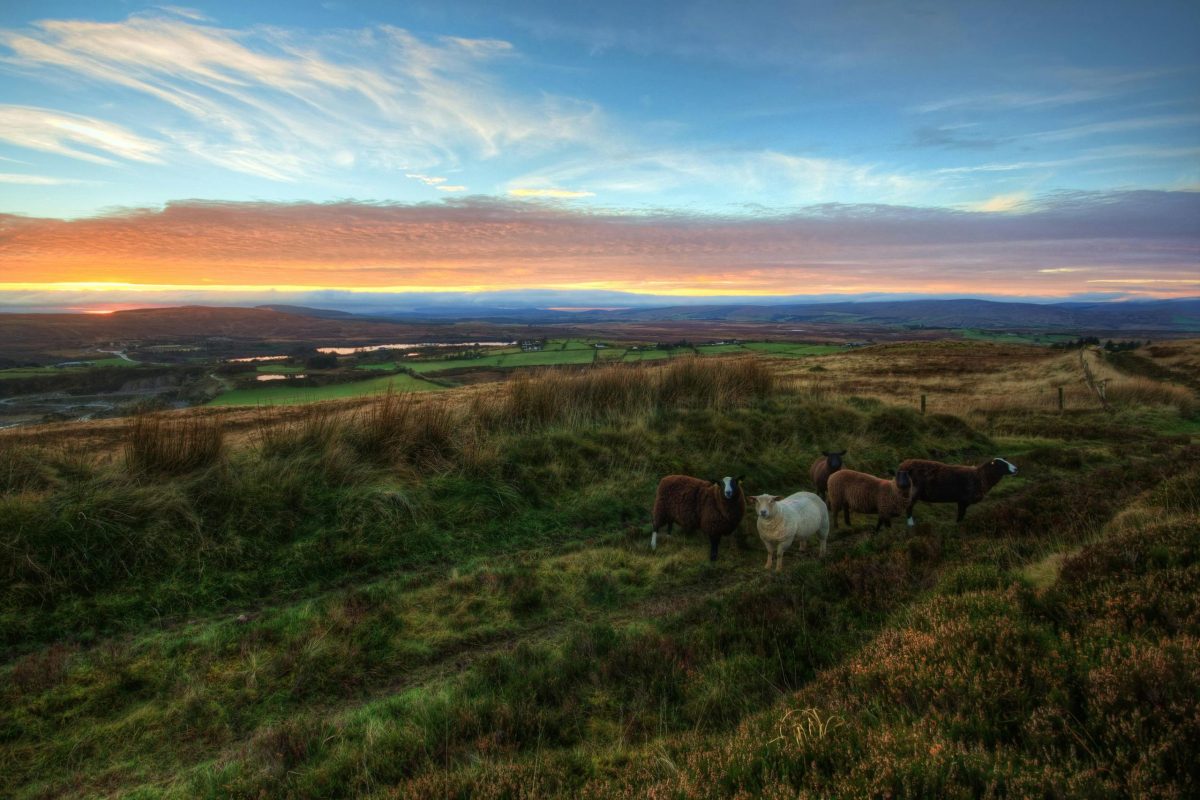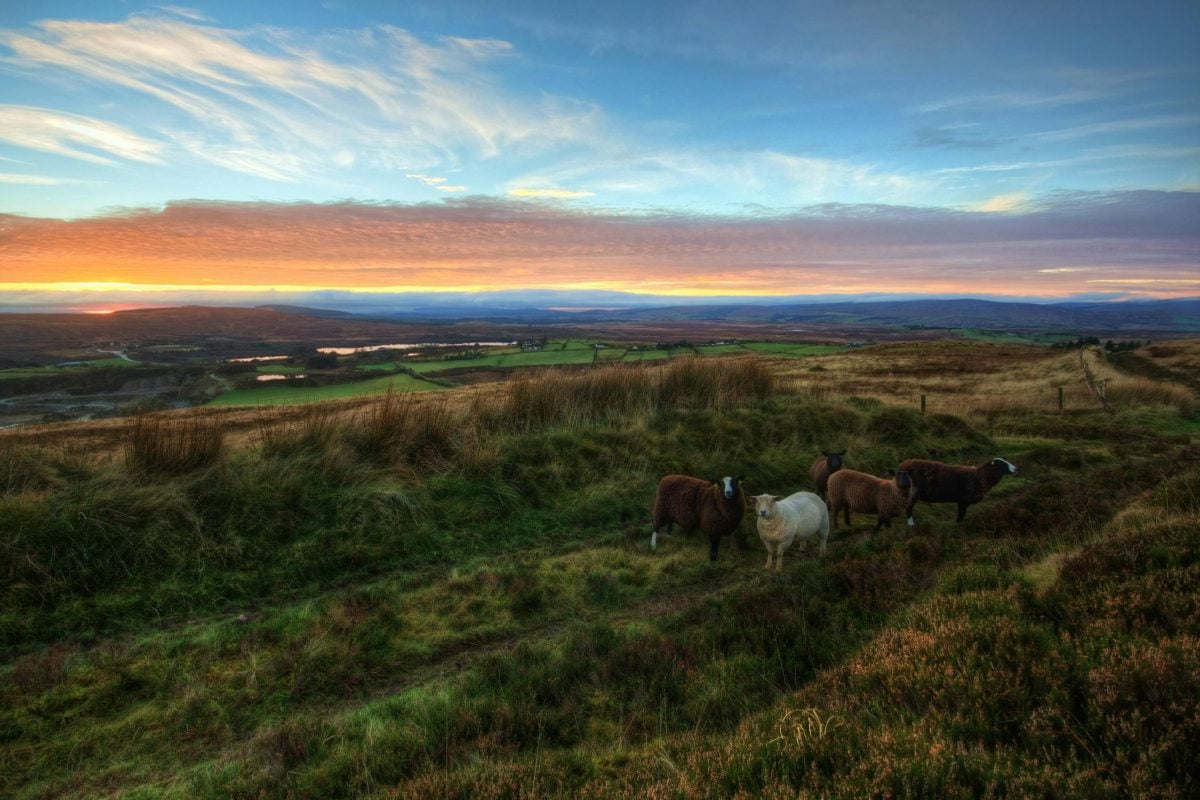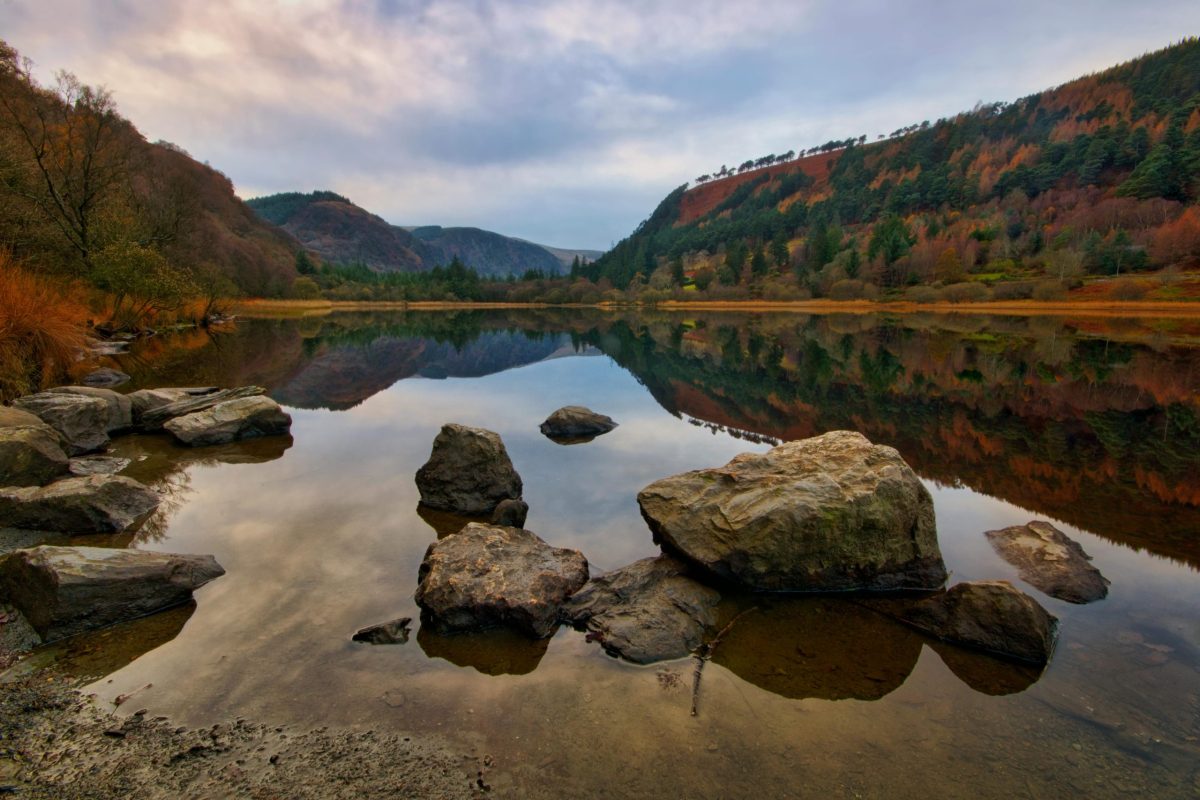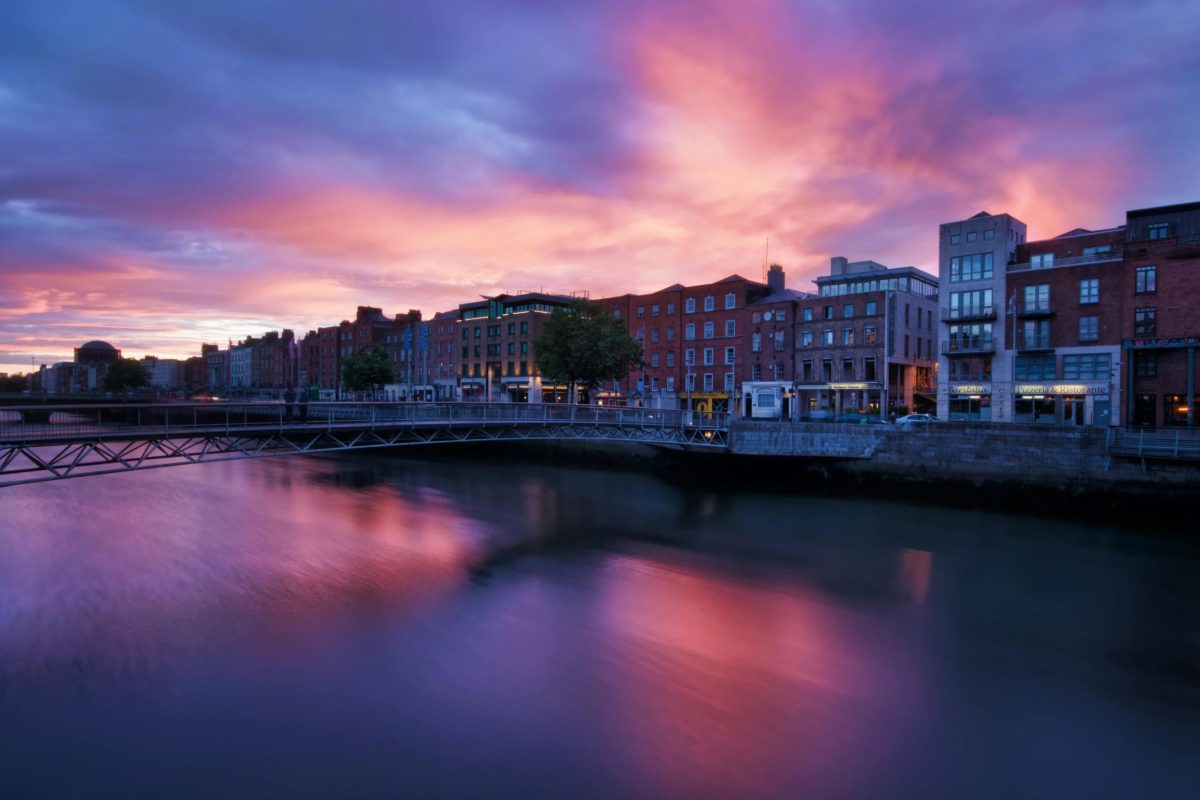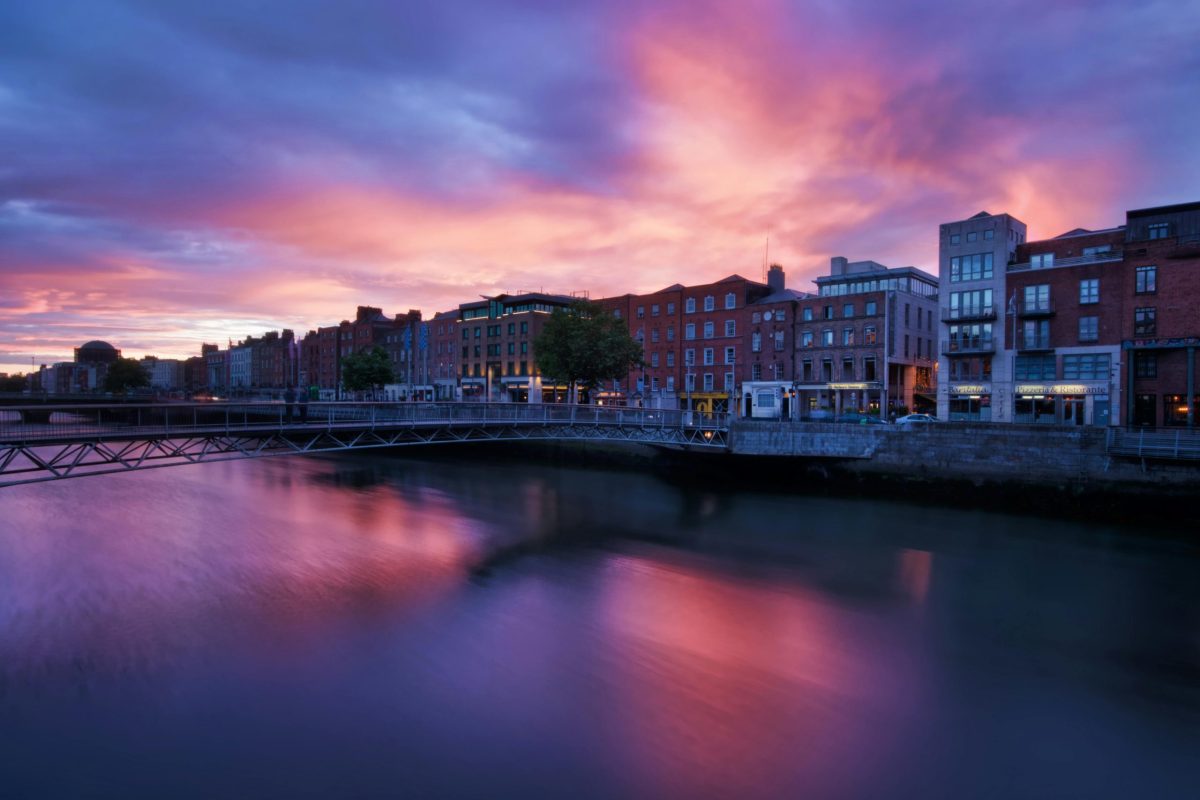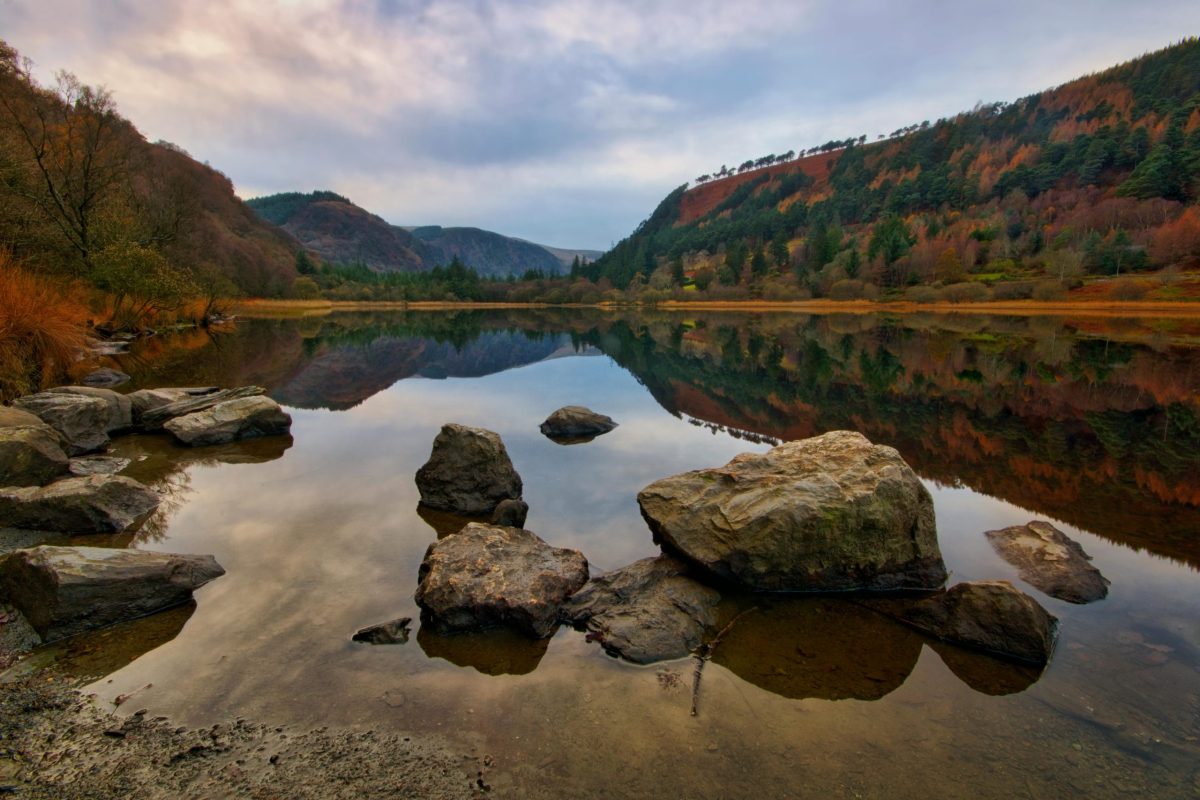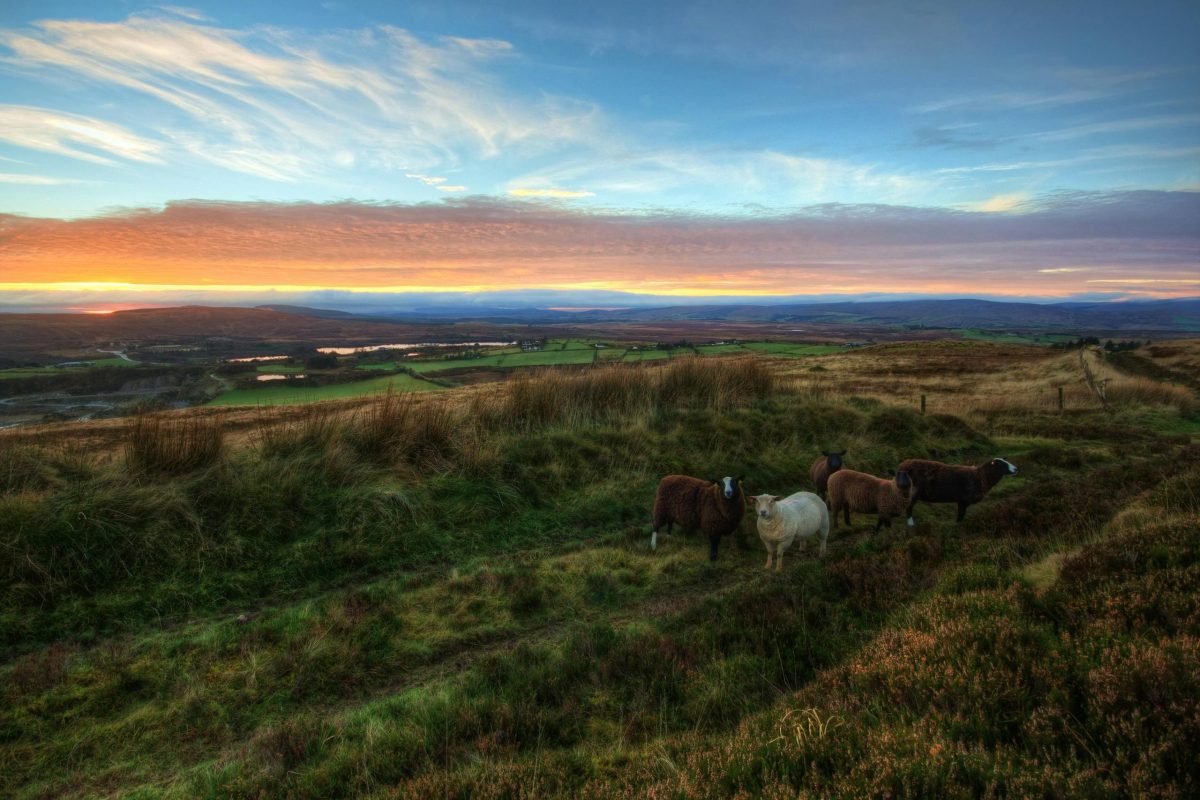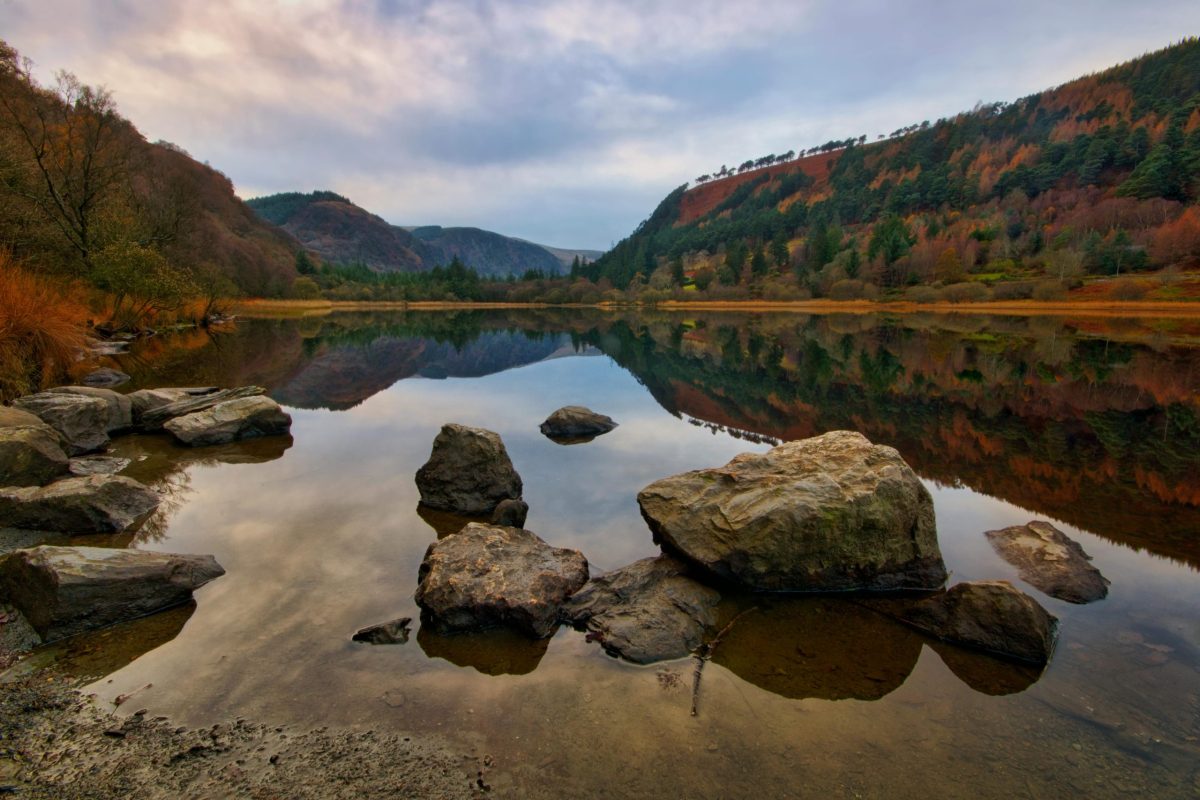The Unseen Legacy of Mother Mary C. Sullivan: The Nun Who Fought for the Rights of Ireland’s Forgotten Women
Estimated reading time: 6 minutes
Key Takeaways
- Mother Mary C. Sullivan dedicated her life to advocating for women’s rights in Ireland.
- Her efforts contributed to significant social reforms that improved women’s status.
- Today, her legacy inspires activists fighting for equality and justice.
Table of Contents
Introduction
The Heart of the Story
The Wider Echo
The Now & The Next
Did You Know?
FAQs
Final Word
Introduction
In the dim light of history, where echoes of forgotten voices whisper through the ages, one woman stands tall — Mother Mary C. Sullivan. She was not just a nun; she was a champion for those silenced by society, a fierce defender of the rights of women often left in the shadows. Her legacy, though largely unseen, weaves through the heart of Ireland’s relentless struggle for equality and justice.
The Heart of the Story
Born in 1909 in County Kerry, a land known for its breathtaking landscapes and deep-rooted traditions, Mary Sullivan became part of a generation grappling with the harsh realities of life. A devoted nun, her mission extended beyond the convent walls; it ventured into the very fabric of society where women often faced discrimination and poverty, especially in the throes of post-war Ireland. Mary established educational initiatives and helped set up women’s hostels — places where many found refuge. Her work was not always welcomed in a society steeped in patriarchal norms, yet she persisted, fueled by the belief that every woman had the right to dignity and opportunity.
The Wider Echo
Mary’s tireless efforts resonate well beyond her time. They foreshadowed the changes that would challenge Ireland in the coming decades — the fight for women’s rights that would eventually lead to significant social reforms. In 1971, the first Irish women to hold public office cited the groundwork laid by pioneers like Mary as vital to their success. Mary Sullivan’s actions were a clarion call for justice, echoing alongside other giants in Ireland’s history who rose to demand equality amidst a landscape of inequality.
The Now & The Next
Today, as Ireland faces new challenges — the housing crisis, struggles for LGBTQ+ rights, and ongoing discussions about gender equality — Mother Mary C. Sullivan’s legacy not only survives but inspires. Young activists cite her work as a guiding light, a reminder that change often starts with one voice, one act of kindness. In a modern Ireland that now flourishes in diversity and acceptance, it’s essential to remember the battles fought by our foremothers. Her life reminds us that we must carry the torch, illuminating paths yet untraveled for future generations.
Did You Know?
- In the 1980s, women comprised only 4% of the seats in the Irish parliament, a stark contrast to today, showcasing progress since Mother Sullivan’s time.
- The first Women’s Liberation Movement meeting in Ireland took place in 1970, where many echoed Mary’s calls for equality and empowerment.
FAQs
Who was Mother Mary C. Sullivan?
A devoted nun and social activist, she dedicated her life to advocating for women’s rights in Ireland during the 20th century. Her work laid the foundation for future movements demanding equality.
What impact did she have on modern Ireland?
Her efforts in social welfare and education for women have profoundly influenced today’s dialogue on gender equality in Ireland, inspiring countless activists working for social justice.
Final Word
Mary Sullivan’s spirit persists as a fierce reminder that each act of courage adds a new chapter to our shared Irish tale. As we navigate our current struggles, let’s carry her spirit in our hearts and strive for a better tomorrow. If you carry the same pride we do, you’ll find a piece of home waiting at
HubIrish.com.

